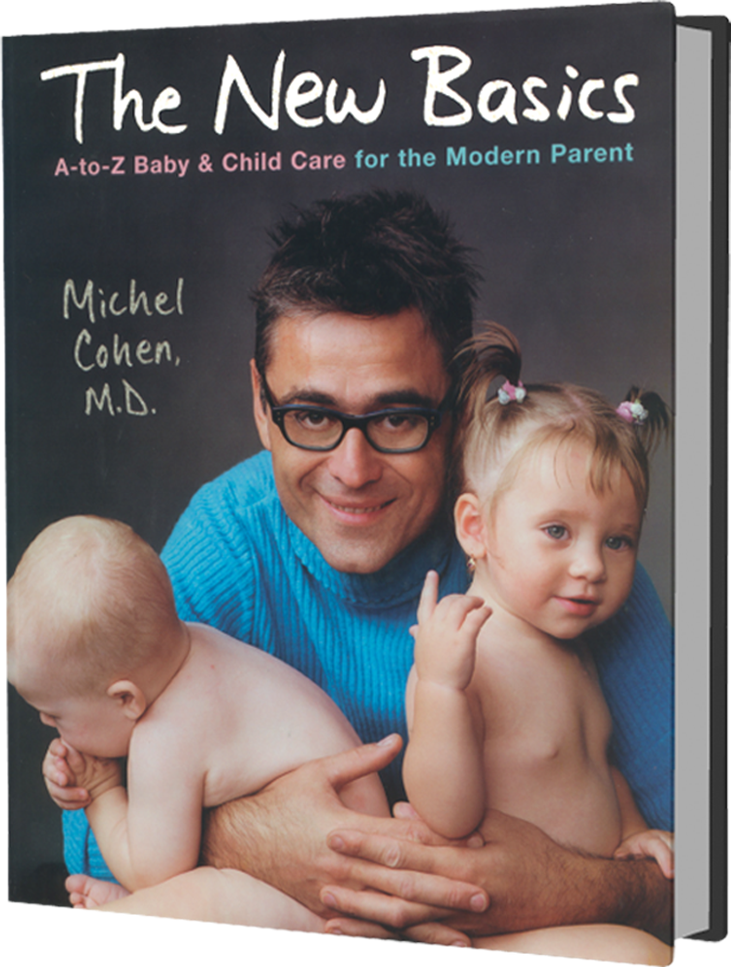
Cereals
Years ago, eating solids early in life was considered essential. And among the principal beneficiaries of this philosophy were manufacturers of the baby cereal. Bland and slightly sweet, cereal is easily ingested by a young baby who does not need to eat solid foods yet. Nowadays, babies start on solids around six months of age, when they’re ready to chew and are more coordinated, and by that point they have little interest in largely tasteless cereals. As the following facts illustrate, kids don’t need to eat cereals, which lead to a host of problems in the present and future.
Cereal Facts
- Babies don’t need to start with bland and tasteless solid foods. On the contrary, Lucy will love interesting tastes early on. Don’t be thrown off by the funny faces she makes when she savors new foods.
- Fear of allergies need not motivate you to give Lucy formal, isolated introductions to each of the different types of cereal, e.g., barley, oats, rice, etc. Cereal allergies or intolerance are extremely rare [See: Wheat]. As her diet expands, include cereals in the food you prepare normally, and you’ll introduce her to them as part of an organic process.
- Cereals are high in starch, which is a slow sugar. I’ve observed that an early emphasis on starch contributes to both a predilection for white foods (rice, potatoes, etc.) and the acquisition of a sweet tooth later on.
- Cereals contain iron, but the amount they provide is negligible unless Lucy eats a whole box daily. Anyway, she doesn’t need extra iron; there’s enough in formula and breast milk.
- Solid foods generally lead to harder stools, but when they become really hard at this age, cereals are usually the culprit. Instead of fixing the problem with a gentle laxative such as prune juice, avoid it in the first place by laying off the cereals.
- Other sources of starch, such as bananas and sweet potatoes, serve the same dietary purpose and taste much better than cereal.




 MEDICATION DOSAGE
MEDICATION DOSAGE

